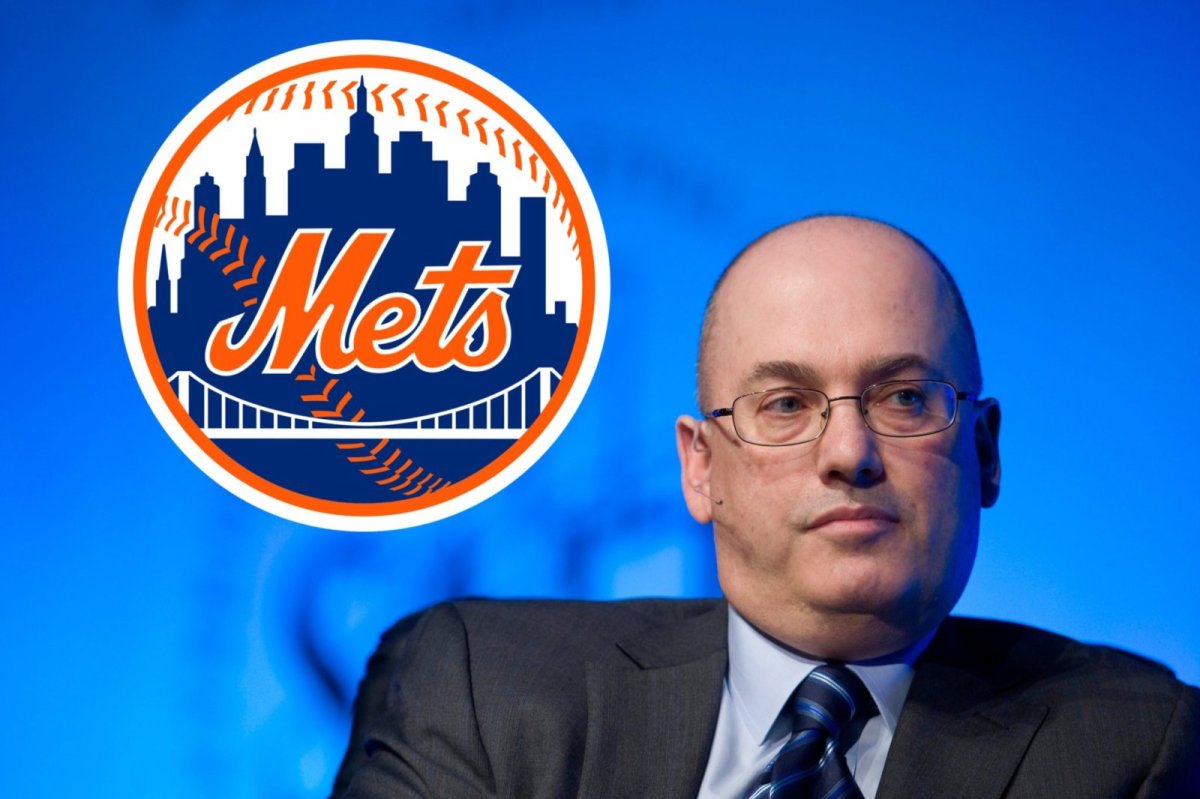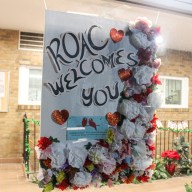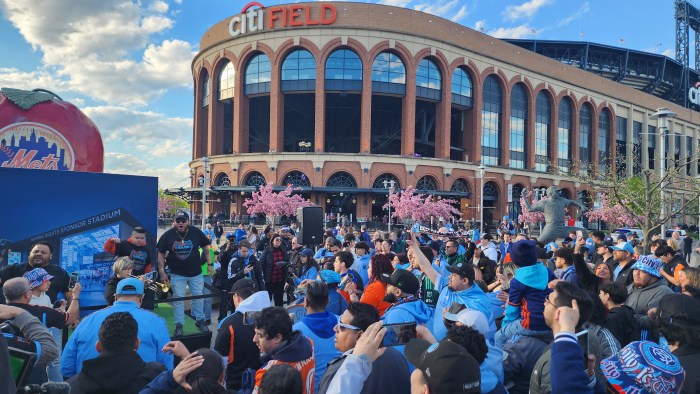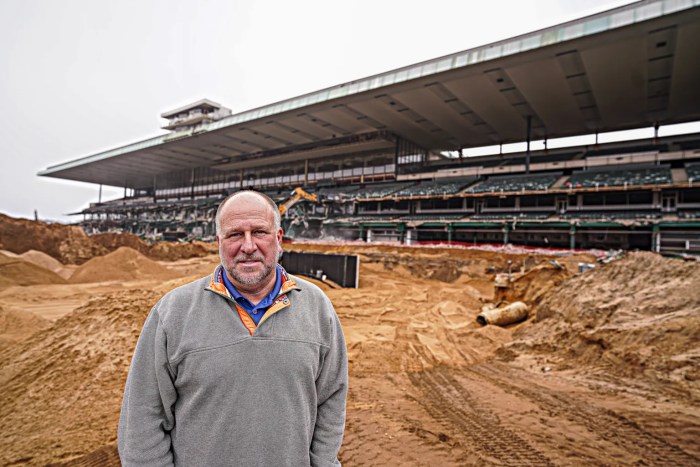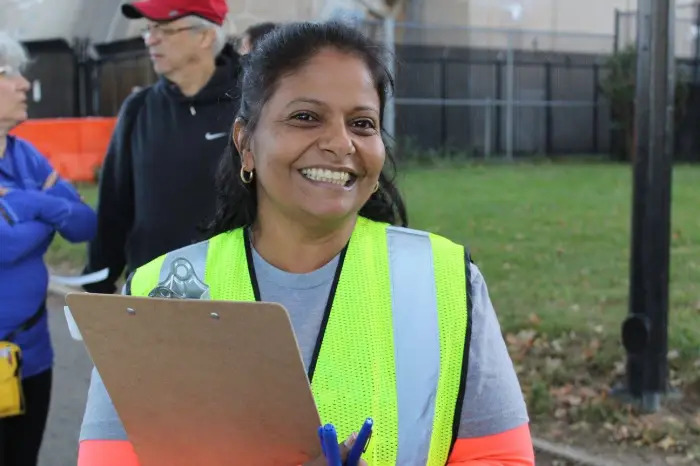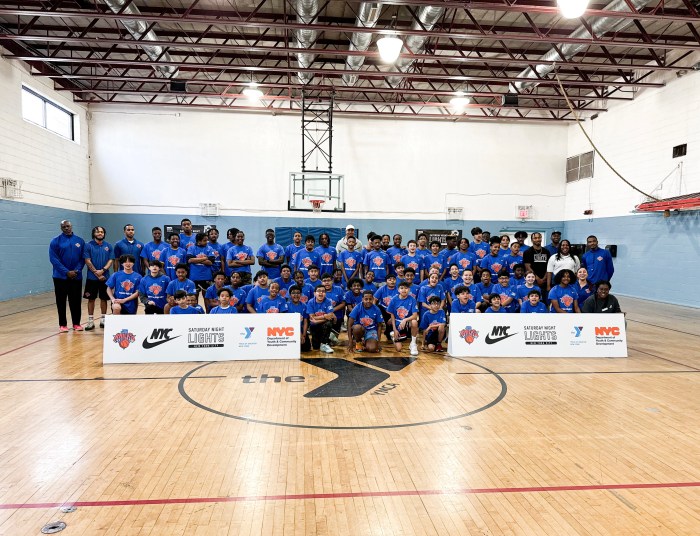Front-office search aside, the New York Mets are approaching the busy season of Major League Baseball’s offseason as December is typically the time many marquee free agents sign during the annual Winter Meetings.
With such festivities going virtual this season, it’s unknown if that will impact the wheeling and dealing that is commonplace when you stick baseball’s executives in one place. But what has become a foregone conclusion at this point is that the Mets and their new owner, Steve Cohen, will be as active as any organization.
Considering Cohen’s affluence as MLB’s richest owner, the Mets are expected to catapult as a team that will truly be run like a big-market franchise — something that had not been done for a majority of the Wilpons’ reign as team owners.
Following Robinson Cano’s full-season suspension after testing positive for performance-enhancing drugs a second time, the Mets have an extra $20.25 million to play with this offseason. It will only strengthen their speculative links to the game’s top free agents, but just how many holes can the Mets properly fill?
With Cano’s money off the books in 2021, the Mets have approximately $67.4 million in cap space before hitting MLB’s luxury tax threshold. Should the Mets exceed that number, they must pay a 20 percent tax on all overages.
Considering Cohen said during his introductory press conference that he won’t “spend like a drunken sailor,” the assumption, for now, is that the Mets’ 2021 payroll will come in at under that $210 million figure.
With a desire to contend almost immediately, the Mets have numerous needs to address this winter ranging from starting pitching help for Jacob deGrom to a steady starting catcher to a natural center fielder to bullpen help.
A lot of to-do’s to check off, even with all that money, which makes the ability to acquire the very best free agent at each of those positions of need.
Fangraphs crowd-sourced multiple predictions for each of the following potential Mets targets’ next contracts moving forward, which provides some insight into just how much it will take for potential suitors to acquire these signatures:
Trevor Bauer, SP: 3 years, $87 million, $29 million average annual salary
Charlie Morton, SP: 1 year, $13M, $13M AAV*
Jake Odorizzi, SP: 3 years, $39M, $13M AAV
George Springer, CF: 5 years, $110M, $22M AAV
JT Realmuto, C: 5 years, $110.M, $22M AAV
James McCann, C: 2 years, $12M, $6M AAV
Liam Hendriks, RP: 3 years, $36M, $12M AAV
Brad Hand, RP: 3 years, $27.9M, $9.3M AAV
Alex Colome, RP: 2 years, $16M, $8M AAV
*AMNY projection
A dream scenario of many Mets fans at the beginning of the offseason that saw the team acquire NL Cy Young Award winner Trevor Bauer and a pair of All-Stars in catcher JT Realmuto and George Springer would be impossible as their average annual salaries would combine to be $73 million.
Not to mention the possibility of offering a contract extension to right fielder Michael Conforto, who is on track to become a free agent next year. MLB.com’s Anthony DiComo speculated a new deal could be worth between $16 million and $22 million annually based on similar players, which could take a few more million off the books this year compared to the estimated $11 million (via Spotrac) he’s set to make through arbitration.
So the Mets’ free-agent spending spree could come down to nabbing just one or two of the original “big three,” with each candidate possessing a strong case as to why they should be priority No. 1.
Bauer would provide one of the most lethal 1-2 starting-pitching punches in Major League Baseball behind Jacob deGrom ensuring the previous two NL Cy Young Award winners over the last three years reside in Queens.
Realmuto offers the promise of the Mets getting the best catcher in baseball, bringing stability to a position the franchise has lacked since the likes of Mike Piazza or even Paul LoDuca.
As for Springer, he could be viewed as a top choice for the Mets just based on the lack of other options available on the free-agent market. McCann was an All-Star in 2019 and will be a less-expensive option compared to Realmuto while Morton and Odorizzi are poised to make nearly half of Bauer’s average annual salary.
Meanwhile, the gulf in class between Springer and the other center fielders available is stark as he’s posted 162-game averages of 40 home runs and 102 RBI since the start of the 2017 season.
He would bring defensive stability to a Mets outfield that has been forced to either compromise offense for defense or vice versa, creating a potential trio with Brandon Nimmo in left and Conforto in right.
At this point, there really is no wrong answer to an all-out pursuit of either of the three.
Obviously, this comes down to the negotiation power of the Mets’ front office, but potentially spending $22 million on both Springer and Realmuto and an additional $8 million that would come with the hypothetical $19 million on Conforto’s extension (the median of DiComo’s projections) leaves New York with $15 million to play with.
Coming away with a secondary starting-pitching prize like Morton — who will make at least $11 million based on Drew Smyly’s deal with the Atlanta Braves — to bolster the bottom of the rotation and the Mets are right near that $67 million number.
Minor moves would then be needed to open up enough space to bring on a bullpen arm to improve their stable of relievers, but such an offseason would certainly see the Mets make a boisterous statement to the rest of Major League Baseball.
This story originally appeared on amny.com.

